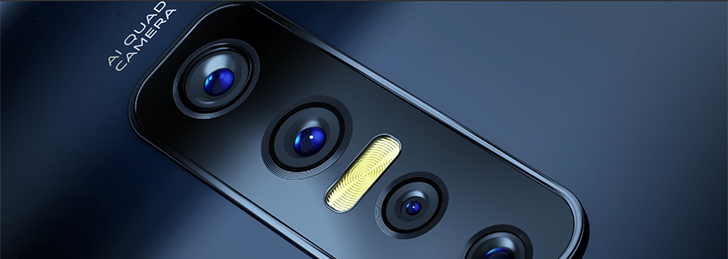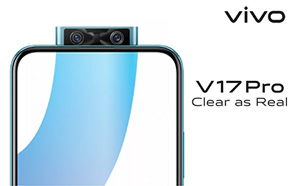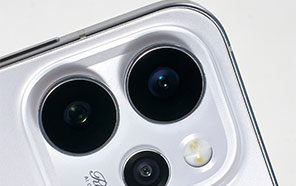Chinese smartphone maker Vivo has announced its new V17 Pro smartphone. The V17 Pro is an upgrade on this year’s Vivo V15 Pro, with Dual pop up selfie cameras and an exception of a similar SoC sitting on both these phones. The Vivo V17 will ship with the same Snapdragon 675 processor which its predecessor, V15 Pro rocked.
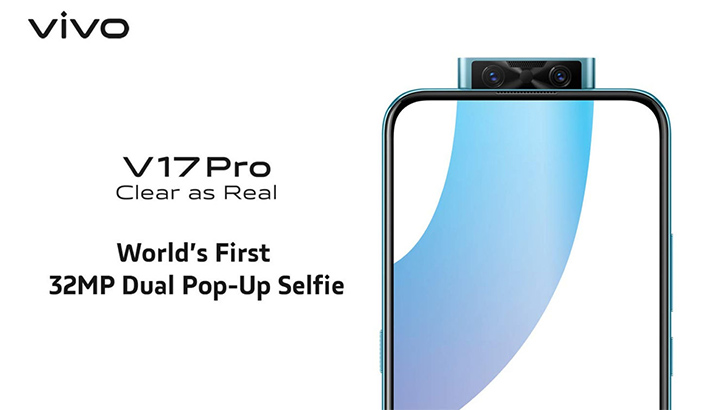
The chipset aside, Vivo V17 Pro boasts quite a few major improvements, not least of which is the dual pop-up camera module. The pop-up unit serves as the housing for a 32-megapixel sensor, paired with an 8-megapixel ultra-wide lens, as well as the so-called Selfie Softlight – which is essentially a flash and an earpiece. The module is motorized and the LED flashlight allows for better low-light photography.
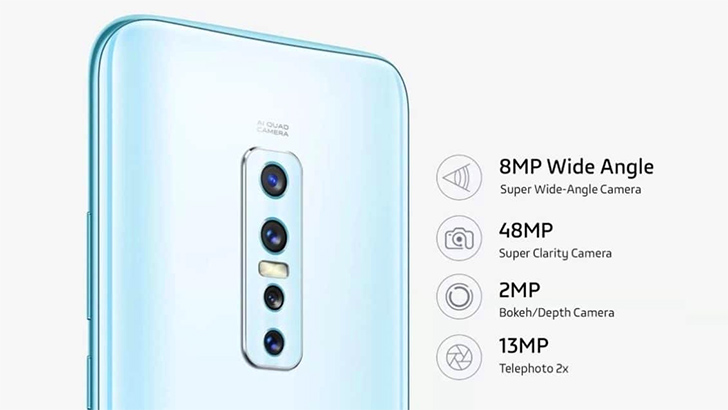
Speaking of the cameras on V17 pro, the rear quad-camera package features a 48-megapixel primary sensor, along with a 13-megapixel telephoto lens, an 8-megapixel ultra-wide sensor, and a 2-megapixel depth lens arrangement.
With the front-facing cameras neatly tucked inside the pop-up unit, the Chinese brand lopped off the notch and large bezels in favor of a near-bezel-lezz design with a 91% screen-to-body ratio. Which brings us to our next point, the display. Vivo V17 Pro packs a 6.4-inch FHD+ Super AMOLED FullView display, along with an in-display fingerprint reader.
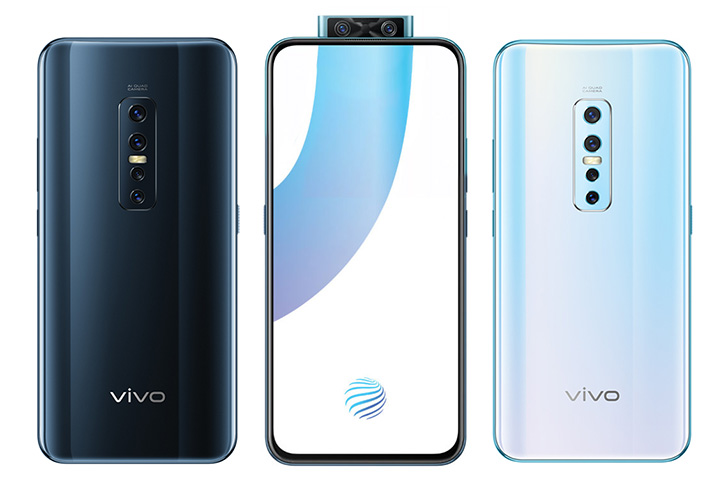
The phone also takes performance a next further, with 8 GB of RAM and 128 GB of native storage and support for up to 256 GB of microSD card storage. The new VIVO mobile is powered by a 4,100 mAh battery and Android Pie with Vivo’s FunTouch OS 9 running top. The battery supports 18W fast-charging and based on the raw specs alone, it should get you through a day’s usage.
The phone was unveiled in India yesterday at a launch event and should hit their markets later this month. It is expected to arrive in Pakistan later on in the coming months and is expected to retail around 68,999 PKR. However, is that price unmerited for an upper mid-range device? We’ll leave that up to our readers to decide.
